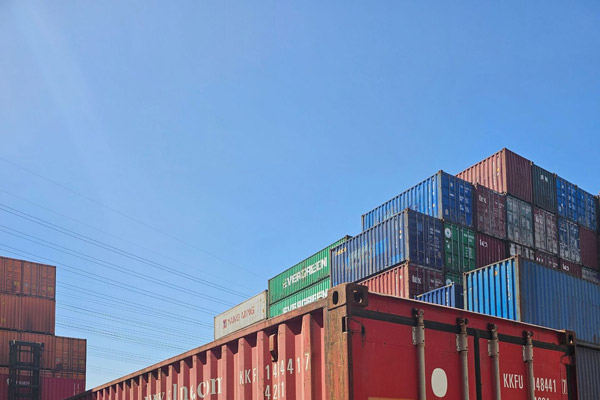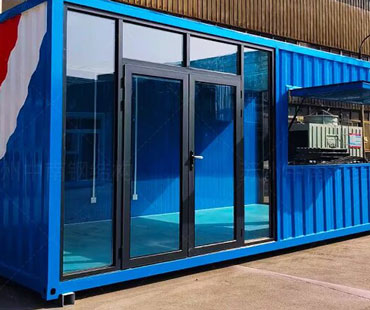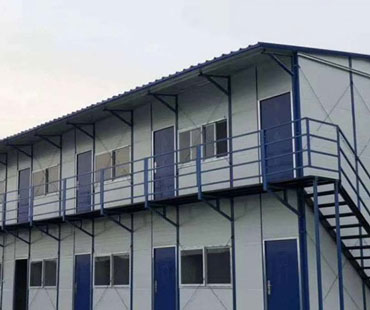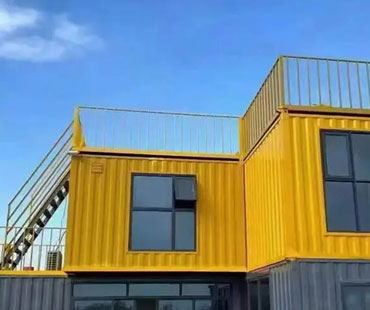In recent years, the global shipping industry has undergone a profound transformation, driven in large part by the modernization of container terminals. As the backbone of international trade, these terminals play a crucial role in ensuring that goods are transported efficiently, safely, and sustainably. This article explores the technological innovations that are reshaping container terminals and how these advancements enhance operational efficiency.
As global trade volumes continue to rise, traditional container terminals face increasing pressure to improve their efficiency and capacity. The exponential growth of e-commerce and the demand for faster shipping times have made it imperative for terminals to adopt modern technologies. In many cases, outdated infrastructure and manual processes are no longer sufficient to meet the demands of today’s shipping environment. Therefore, modernization has become a necessity rather than a choice.
Technological Innovations
1.Automation and Robotics
One of the most significant advancements in container terminal operations is the introduction of automation and robotics. Automated Guided Vehicles (AGVs) are increasingly used to transport containers within terminals, reducing the need for human labor and minimizing the risk of accidents. These vehicles can operate continuously, ensuring that containers are moved quickly and efficiently.
Additionally, automated stacking cranes are being deployed to handle container stacking and retrieval with precision. This not only speeds up the loading and unloading processes but also maximizes the use of available space, allowing terminals to accommodate a larger volume of containers.
2.Digitalization and Data Analytics
The digitalization of terminal operations plays a critical role in enhancing efficiency. Terminal Operating Systems (TOS) have become integral to managing container flows, scheduling, and inventory management. These systems enable real-time tracking of containers, allowing for better coordination between different stakeholders, including shipping lines, truck operators, and warehouse managers.
Data analytics tools are also being utilized to analyze operational data, identify bottlenecks, and forecast demand. By leveraging big data, terminals can make informed decisions to optimize resource allocation and improve overall performance.
3.Internet of Things (IoT)
The Internet of Things (IoT) has revolutionized the way terminals monitor and manage their operations. Sensors embedded in containers and equipment provide real-time data on location, temperature, and humidity. This information is critical for ensuring the integrity of sensitive cargo and allows for proactive management of potential issues.
Moreover, IoT devices facilitate predictive maintenance by monitoring the health of terminal equipment. By identifying maintenance needs before failures occur, terminals can reduce downtime and extend the lifespan of their assets.

4.Artificial Intelligence (AI) and Machine Learning
Artificial intelligence (AI) and machine learning technologies are increasingly being integrated into container terminal operations. AI algorithms can analyze vast amounts of operational data to optimize scheduling, predict container dwell times, and enhance decision-making processes. For example, AI can predict peak loading and unloading times, allowing terminals to allocate resources more effectively and minimize congestion.
Machine learning models can also adapt to changing conditions, improving their predictive capabilities over time. By continuously learning from historical data, these systems can provide insights that lead to more efficient terminal operations, helping to streamline processes and reduce operational costs.
5.Blockchain Technology
Blockchain technology is gaining traction in the shipping industry for its ability to enhance transparency and security in supply chain management. By providing a decentralized and tamper-proof ledger, blockchain allows all stakeholders in the container terminal ecosystem to share data securely and in real-time. This transparency can significantly reduce paperwork, minimize delays, and improve trust among parties.
Furthermore, blockchain can facilitate smart contracts, automating processes such as payments and compliance checks. This reduces the need for intermediaries and accelerates transaction times, ultimately enhancing efficiency within container terminals.
The implementation of these technological innovations has led to numerous efficiency enhancements in container terminals:
-Reduced Turnaround Times: Automation and real-time data analytics have significantly decreased the time ships spend in port. Faster loading and unloading processes lead to shorter turnaround times, increasing the overall throughput of terminals.
-Improved Resource Utilization: With better data visibility and predictive analytics, terminals can optimize resource allocation, ensuring that labor, equipment, and space are used more effectively. This reduces bottlenecks and increases operational capacity.
-Enhanced Safety: Automation reduces human involvement in potentially hazardous tasks, leading to fewer accidents and injuries. Furthermore, real-time monitoring through IoT devices helps identify unsafe conditions before they lead to incidents.
-Sustainability Initiatives: Modernized terminals are also adopting more sustainable practices, such as using electric AGVs and energy-efficient equipment. By reducing emissions and resource consumption, terminals can contribute to the overall sustainability goals of the shipping industry.
Despite the numerous benefits of modernization, container terminals also face challenges. The initial investment in technology can be substantial, and there may be resistance to change from employees accustomed to traditional methods. Additionally, cybersecurity risks associated with digital systems must be addressed to protect sensitive data and maintain operational integrity.
Moreover, the rapid pace of technological change means that terminals must continuously adapt and upgrade theirtechnological infrastructure to keep pace with industry advancements. This requires ongoing training and development of the workforce to ensure that employees are equipped to operate and maintain new systems effectively.


